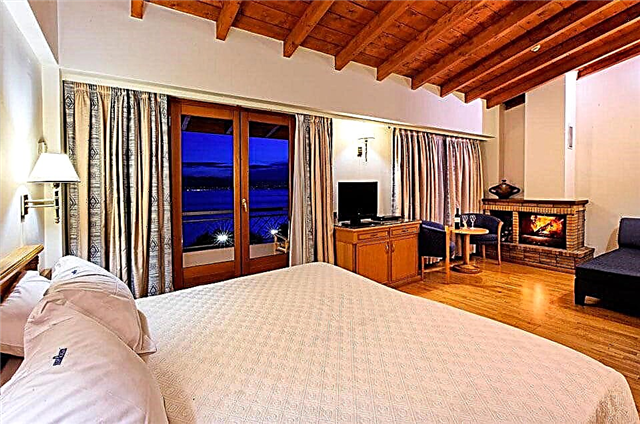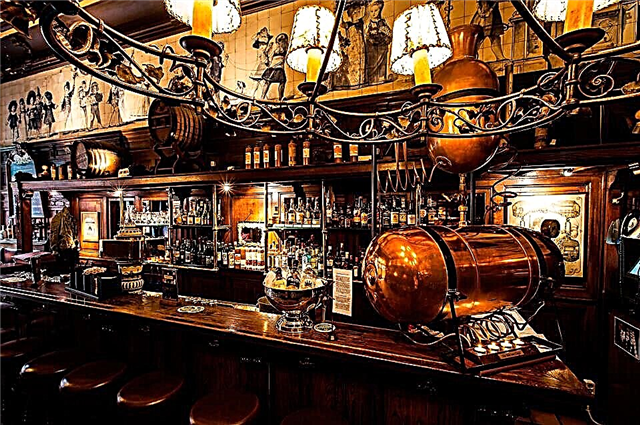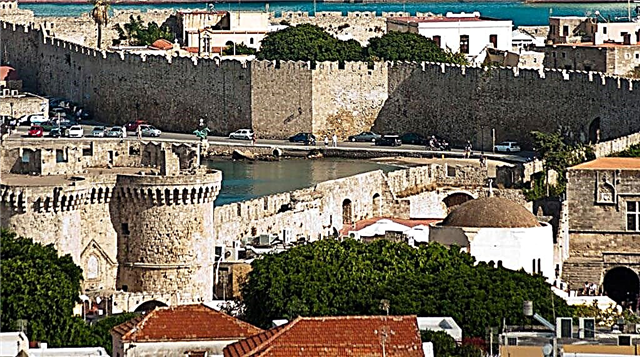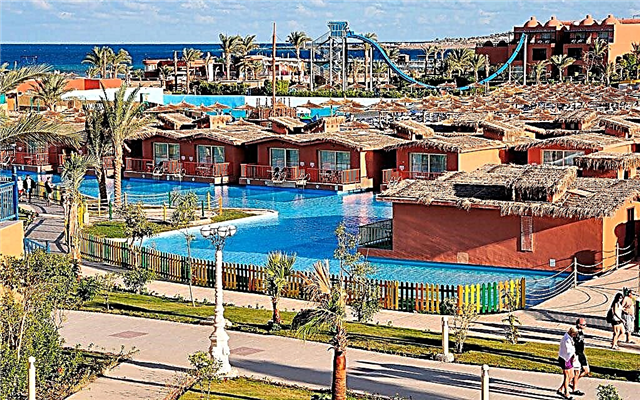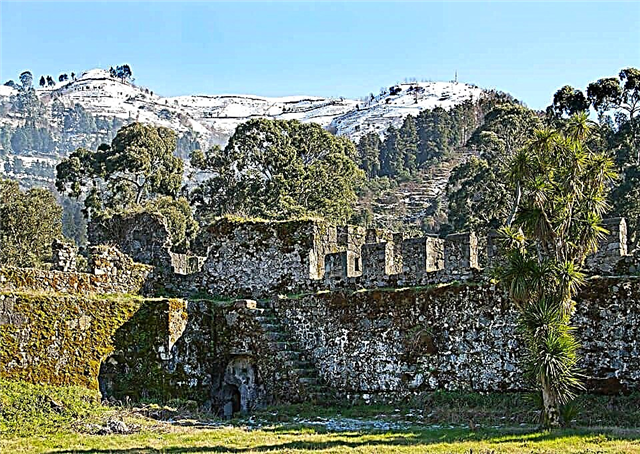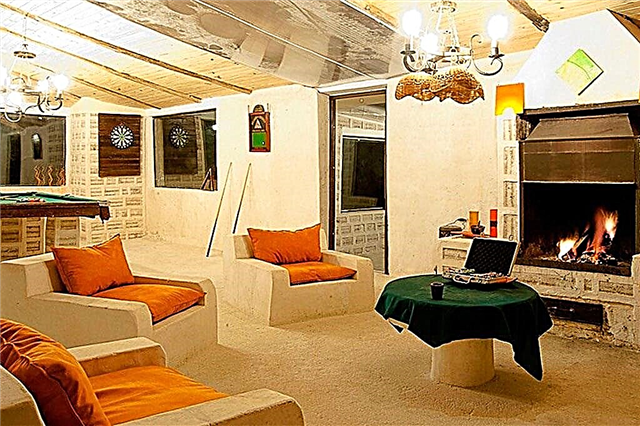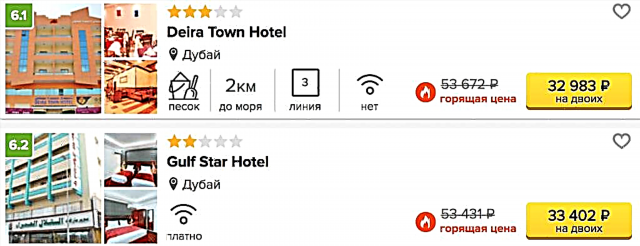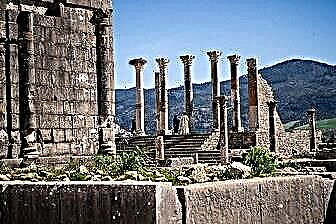Morocco is a country that opens the gate to the Arab world. And already at the entrance to them, you can feel the richness of culture, the smell of spices, you can see the silhouettes of sacred mosques and luxurious palaces burnt by the sun. But this is only one side of Morocco.
The country has a rich and varied nature. The proof of this is the man-made beauty. Among them are the Majorelle garden, the Menara gardens, the Arab League park. But nature itself did not cheat the country. The picturesque Ouzoud waterfall in the Atlas Mountains attracts thousands of tourists. The Todra gorge will captivate with its grandeur and beauty. The Erg Chebbi Desert lives its own life, allowing those who wish to observe its magical metamorphoses. And this is not the whole variety of landscapes.
Despite the echo of European culture, the atmosphere of the Arab region has been perfectly preserved in Morocco. Fragrant, full of people and goods, sincere and real. This is especially felt in Fez with its thousands of streets, in Essaouira, where, as in many cities, excellent beaches and conditions for windsurfers, in the vibrant Chavin. There are also rich palaces, magical mosques and ancient ruins. Morocco is called a land of contrasts. And we can agree with this. She is not only completely diverse from the inside, she opens a new, opposite to the usual, world for any guest.

The best hotels and hotels at affordable prices.
from 500 rubles / day
What to see in Morocco?
The most interesting and beautiful places, photos and a short description.
Meknes
Former capital of Morocco, imperial city. The tsarist attitude to life has been preserved here: serene and unhurried. The entrance to the old city is guarded by the Bab Mansur gate. They are considered the most beautiful in Morocco. Luxurious gardens grow in the old town. Fortune-tellers, jugglers, snake charmers come to El Gedim square. All the fuss of Medina does not reach only the magic pond of Agdal.

Archaeological sites of Volubilis
Volubilis is the capital of Mauritania and an outpost of the Roman Empire. It was founded in the 3rd century BC. Its population reached 20 thousand people. The city was decorated with a triumphal arch and pedestals. Its buildings were exquisite and beautiful and had everything necessary for everyday life. An aqueduct was also built in Volubilis. The ruins of the city are considered the most beautiful in Morocco.

Hassan II Mosque
This is the tallest religious building in the world. It is located on the shores of the Atlantic Ocean. Its height is 200 meters. It is 30 meters higher than the Cheops pyramid. It was built by 2,500 builders, 10,000 artists and craftsmen decorated the mosque. From the outside, it looks like a real palace. Here, golden marble floors are heated and the bright emerald-tiled roof can be pulled apart.

Fez
The city is considered the cultural heart of Morocco. It is divided into two parts. One of them contains a palace, gardens and a cemetery. Behind the main gate is the second - there are 6,000 streets that stretch 73 kilometers and 200 mosques scattered across 40 blocks. Each house here breathes history. Structures decorated with carvings, fountains, mosques seem to be frozen in the past. They look the same as they did years ago.

Menara Gardens
The most famous park in Marrakech. The gardens are located at the foot of the Atlas Mountains. They were created at the beginning of the 12th century. Their area is 100 hectares. Palm trees grow here, an olive grove is planted, a pool with fish is made. There are also fruit trees in the garden. Some are 300 years old. A gazebo has been built for relaxation. It is not strange that this is one of the most photographed places in Morocco.

Erg Chebbi
Erg Chebbi is a desert, its dunes, under the influence of the wind, change their shape every day and can reach 150 meters in height. The desert seems to be alive. She is especially beautiful during sunset. Desert excursions are organized on camels. At this time, you can live in tents and eat national food.

The grottoes of Hercules
The grottoes of Hercules are located near the city of Tangier and have long become its symbol. These are two rocks, between which a depression has formed. According to legend, it was Hercules, resting before the exploits, broke through the rock. One part of it belongs to Europe, the other to Africa. The very shape of the passage resembles the shape of the African continent. Fish are fried in the cave, souvenirs are sold. Wealthy Europeans used to have picnics here.

Majorelle garden
Cozy and picturesque corner between the old and new city of Marrakech. It was created by Jacques Majorelle in 1924. He embodied the life and culture of Morocco in the garden, using the colors of nature. The next owner of the garden was Yves Saint Laurent. He restored the garden and Majorelle's house. Bridges, paths, a fountain, a bamboo alley - now these are heavenly places in hot Morocco, where it is quiet and calm, but very colorful.

Todra gorge
The Todra Gorge is part of a canyon made by the Todra and Dades rivers. In some places the distance between the rocks reaches 10 meters, and their height is 160. This is one of the favorite places of climbers. There are paths for the hiker. The landscapes of the canyon, cut in half by the river, resemble the view of another planet. A stream flows at the base of the gorge. It was once a full-flowing icy river.

Essaouira
A port city that used to function as a fortress in the past. Therefore, it is surrounded by walls, on which the cannons have been preserved. The view from the fortress to the city is amazing. It was here that the film "Othello" was filmed. In the city there are snow-white houses with blue windows, museums and ruins of palaces. The length of the city beach is 6 kilometers. It is a favorite spot for windsurfers. And everyone here is fed fresh fish, and even for ridiculous money.

Draa river valley
The river is 1150 kilometers long and the Draa is the longest river in Morocco. But she does not always get to the ocean. Often its water is consumed along the way. Only in the spring does it flow with all its might. Oases and villages were formed near it. The first sultan of Morocco was born in one of them. Also, the river valley laid the foundation for world culture. The oldest statuette of a woman was found here.

Bahia palace
The Bahia Palace, built in 1880, means “the palace of the Beauty”. It was built for one of the four wives of the ruler Sidi Moussa. Its area is 8 hectares. Outside, it does not glitter with gold. In accordance with Arab philosophy, the most intimate does not need to be shown. The interior of the palace is beautifully painted, its interior is not ordinary, but original, lively. The rooms create a real magical labyrinth.

Ait Ben Haddou
The city was built to guard the caravan routes. He is a typical representative of Moroccan clay architecture. The houses are almost the same, all painted in the color of the scorching sun. Many films were filmed in the city. Ait Ben Haddou is included in the UNESCO heritage list. On its streets there are museums, souvenir shops and a mosque. Among the houses of the same type, you can see works of art on almost every corner.

Jemaa al-Fna
Jemaa al-Fna Square is a place that has collected all the flavor and mood of Marrakesh. There is a zoo, a circus, an orchestra pit. Merchants offer to buy medicinal herbs, spices, spices. You will be fed seafood at a low price, animal trainers will offer you photos of animals, magicians and acrobats are eye-catching, and snake charmers are mesmerizing. It all looks like a page from Arabic fairy tales.

El Badi Palace
El Badi Palace is a symbol of victory. It was built in 1603. The palace was called golden because of its stunningly rich decoration. It was crystal, gold, marble, rare wood. But over time, the ruler decided to move the palace to another city. This is how the lengthy dismantling work began. Everything that was of value was taken out. Now El Badi is the ruins of luxury.

Talassemtane National Park
The park was created to preserve the last spruce forest in Morocco. Talassemtane is a great place for hiking or horseback riding. From many points of the park, beautiful natural landscapes open up. Hostels have been prepared for tourists, where they are received with all hospitality.

Kasbah of Agadir
Kasbah is a city fortress on a hill. In Agadir, it was built in 1540. In 1752 it was rearmed and rebuilt. 300 people lived on its territory. After the earthquake in 1960, almost nothing remained of the Kasbah. The high wall and the main gate have survived. But tourists still love to climb it. Here you can take great photos, admire the view and feel the cool breeze.

Mahkama du Pasha palace
Mahkama du Pasha is a palace that flew off the pages of The Thousand and One Nights. There are 600 rooms in it, and each of them fights for the right to be called the most beautiful. It was built in 1952. The palace is decorated with forging, mosaics, stone and wood carvings. Now the city municipality is in its premises. On its territory there are luxurious gardens with rose bushes and fountains. The style of the palace combined Arabian fascination with French sophistication.

Arab League Park
This is the largest park in the city. It was created by French designers in 1920-1930. On the outskirts of the park is the Sacre Coeur cathedral. The luxury of the East and European sophistication are mixed here. Visitors walk along alleys, relax under palm trees, enjoy neatly trimmed lawns and bushes. There are decorative ponds, sometimes bright spots of flower beds can be seen on the green canvas.

Koutoubia Mosque
This is the main shrine of Marrakech. It was built in 1190. The height of the minaret is 69 meters. It is decorated with stucco and mosaics. But most of all, it is shrouded in legends. One of them is that the balls on top of the mosque are made of pure gold. This story was the reason for many attacks on the shrine. The second is that every evening Saint Sidi Abu el-Abbas-el-Sabti ascends to the mosque and descends only when all residents have food and shelter.

Chaven (Chefchaouen)
Chavin is the blue city of sunny Morocco. It seems that the sky and water in one night painted it entirely. It was founded in 1471. Fog often envelops it, but even with this weather, the city is bright. There are many workshops where residents are engaged in handicrafts. The city is famous for its fabrics and carpets. For a long time there were no foreigners here. Now the city has become one of the most visited in Morocco.

Kasbah Udaya
The main citadel of Rabat and a monument of Moorish architecture. The cannons of the 12th century have been preserved on it. Inside the fortress there are houses with blank walls. Tourists often come to the northern part of the citadel. There is an observation deck on the sea. It offers a gorgeous view. Also on the territory of the fortress there is a museum of Moorish culture.

Ouzud waterfall
The mountain waterfall is 110 meters high. In three cascades, it noisily flows down the slopes of the Atlas Mountains. On his way, he sprays mountains overgrown with olive trees and attracts monkeys. Visitors can meet them while viewing the waterfall. Ouzud is considered one of the most beautiful in the world. You can approach it from below. This is an indescribable feeling. There is also a well-developed tourist infrastructure.


